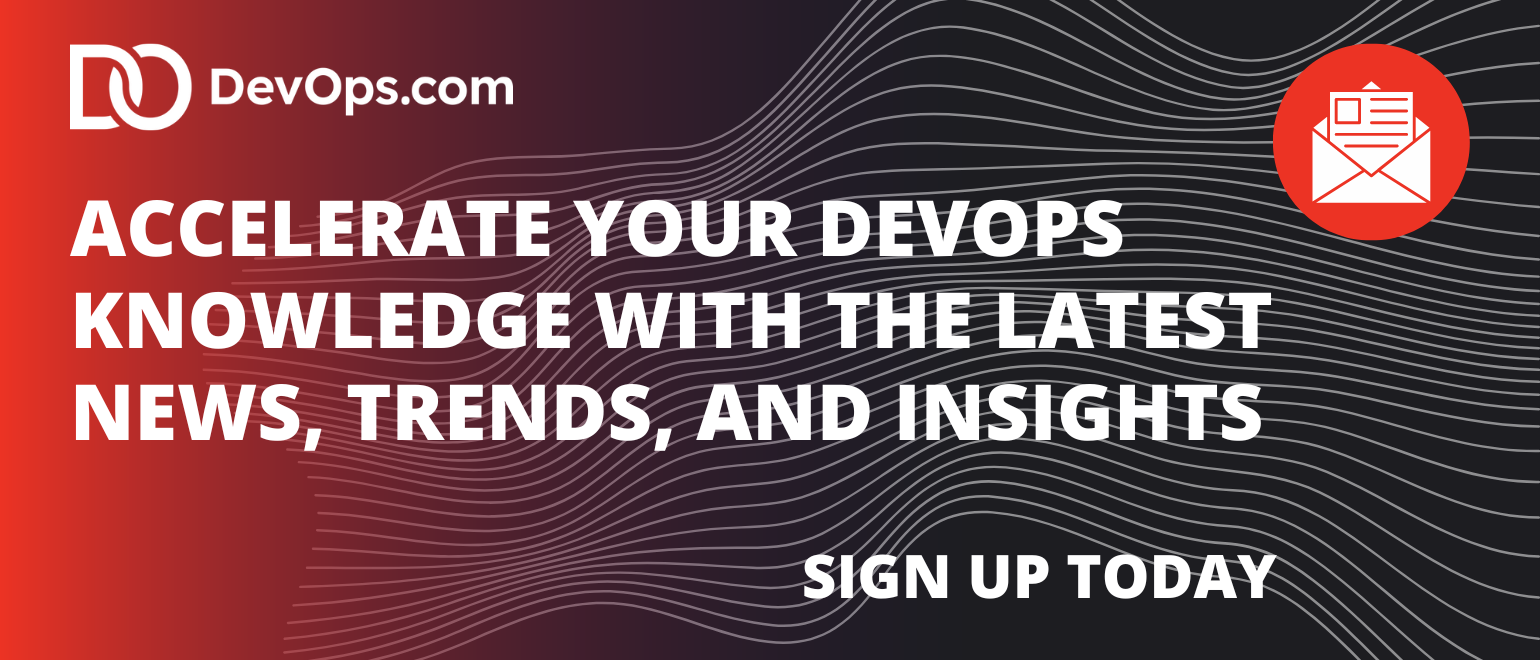Harness CEO Jyoti Bansal at an Unscripted 2025 event in New York today told attendees the time has come to reimagine how continuous integration/continuous delivery (CI/CD) platforms function in the age of artificial intelligence (AI).
Rather than simply failing a build it’s now possible for the CI/CD platform to automatically fix issues that previously required massive amounts of toil. For example, CI/CD platforms infused with AI can not only create a list of tasks that need to be completed to enable a build to run successfully, but it can now perform those tasks in the background while still keeping humans in the loop, he said.
Having that capability is becoming increasingly critical as the amount of code being developed using AI coding tools starts to overwhelm existing DevOps workflows, Bansal added. Those tools will, depending on the organization, increase the volume of code moving through CI/CD pipelines by a factor four to ten, he added.
Unfortunately, most existing software engineering processes have been fundamentally broken for a long time because of all the homegrown scripts and manual processes that are used to build and deploy software, said Bansal. Instead of increasing the velocity at which software is developed, the amount of friction being experienced is only increasing simply because 70% of the time required to build and deploy software has nothing to do with coding, he noted.
Harness is making a case for modernizing DevOps workflows using AI agents, a knowledge graph and orchestration framework embedded into a Harness AI platform. That approach makes it simpler to, for example, take advantage of the reasoning capabilities of a large language model (LLM) to discover the root cause of a specific issue and then invoke AI agents to create and test code that can be automatically inserted into a build.
That capability can also be applied to DevSecOps workflows. Harness AI now makes it possible to create code to remediate vulnerabilities discovered by, for example, its Traceable platform. Instead of debating the validity of an application security issue, DevOps teams can now have developers approve fixes that can be easily incorporated into the next build of an application, said Bansal. If security can’t be integrated into a pipeline at that level, organizations are not going to be able to automate software engineering, he added
Harness is also leveraging AI agents to make its internal developer portal (IDP) based on the open source Backstage platform simpler for application developers to navigate as they self-service their own requirements.
Finally, Harness demonstrated how AI can be applied to optimize costs by enforcing FinOps policies.
Each DevOps team will need to decide to what degree they are comfortable assigning tasks to autonomous AI agents, but as software engineering evolves it’s apparent they will need to rely more on AI to manage DevOps workflows at much higher levels of scale. More than 100 Harness customers are already using AI technologies within their DevOps workflows developed by Harness, noted Bansal.
Whether DevOps teams will need an entirely new platform to achieve that goal versus adding AI agents to their existing tools and platforms remains to be seen. However, one way or another, AI agents will soon be pervasively employed to automate tasks that, truth be told, few if any software engineers actually enjoy doing themselves.




